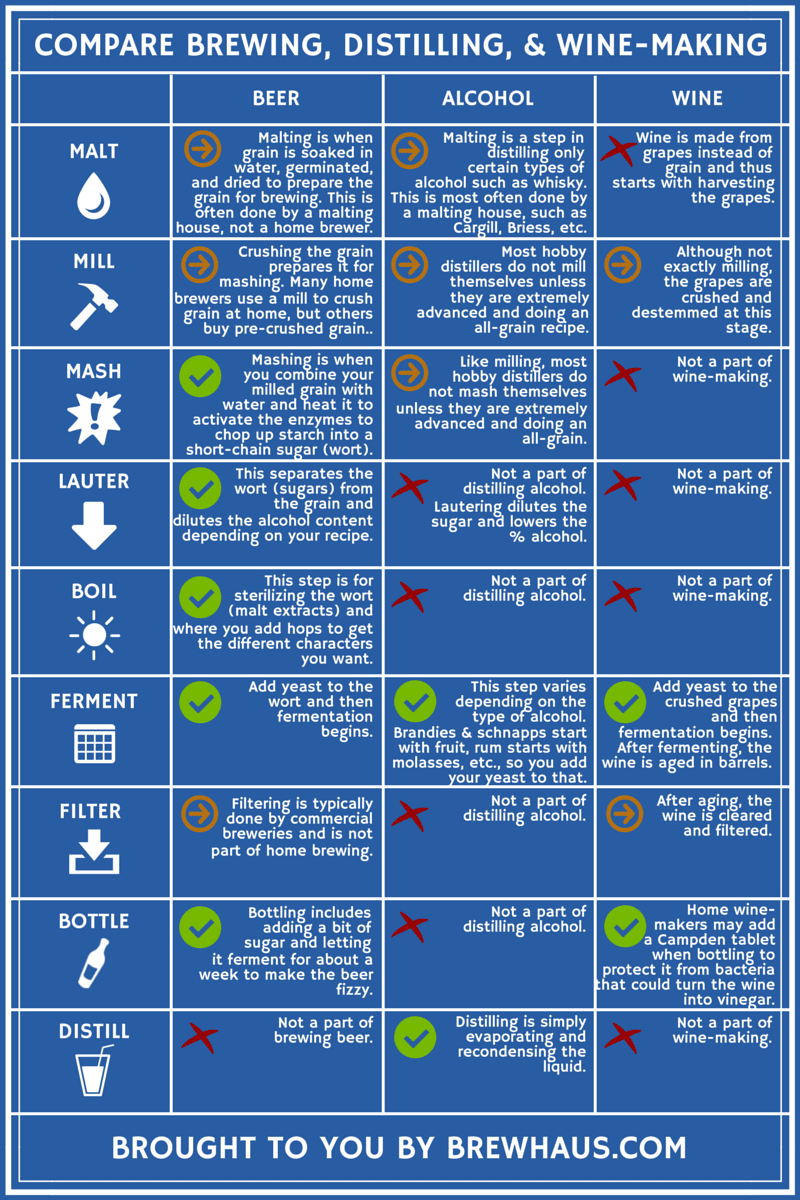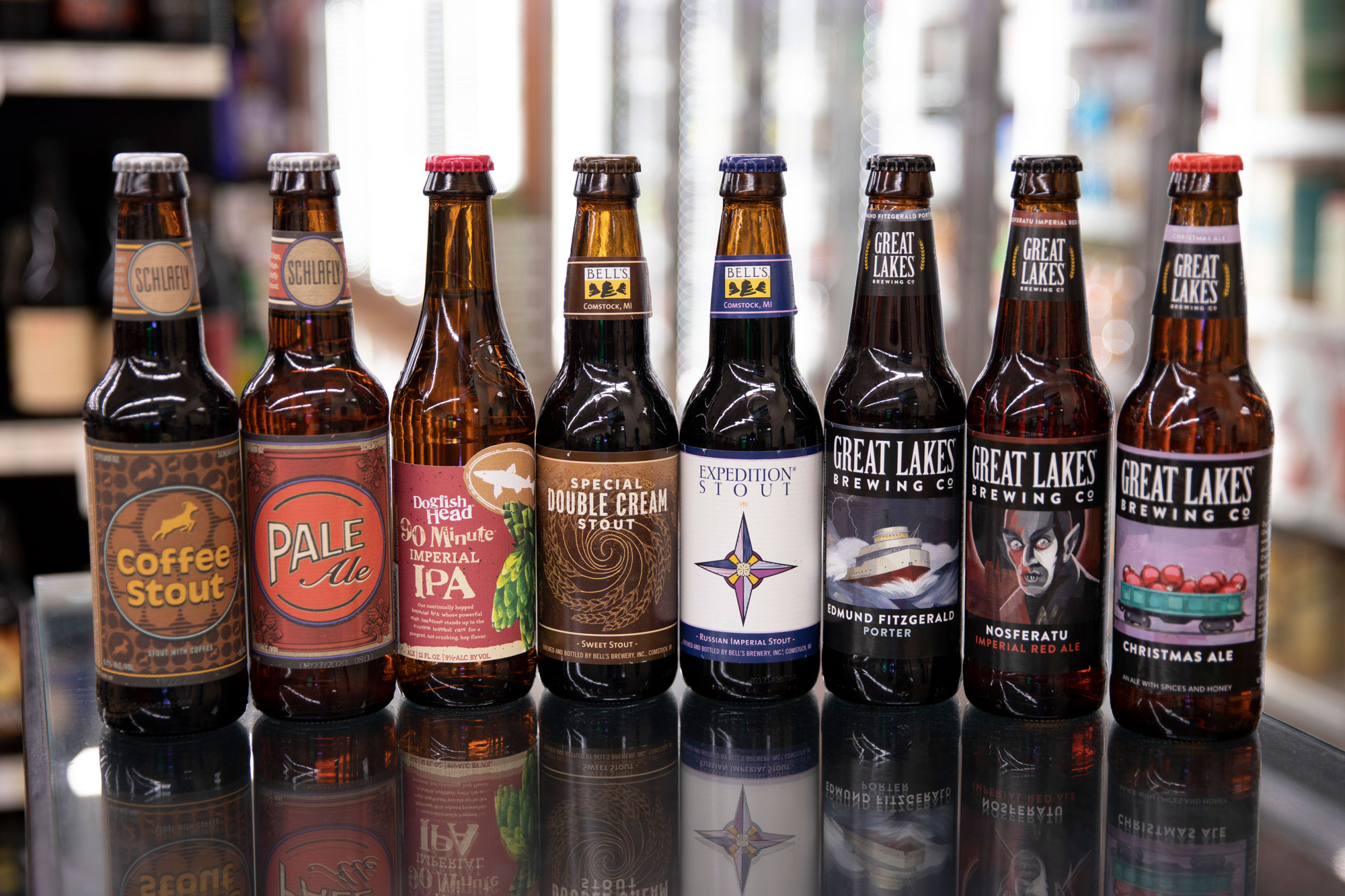Mastering the Craft of Purification: a Deep Dive Into Distillery Traditions
Checking out the intricate art of distillation reveals a globe soaked in time-honored traditions that have actually formed the spirits we delight in today. From the ancient beginnings of distillation strategies to the contemporary advancement of distillery tools, each action in the procedure brings with it an abundant tapestry of background and experience. As we look into the delicate equilibrium of contemporary versus traditional distilling practices and discover the significance of key ingredients, a deeper understanding arises of the extensive impact distillery customs have on the spirits we savor.
Origins of Distillation Methods
The growth of distillation techniques has a rich background that traces back to ancient civilizations. The beginnings of distillation can be linked to early people such as the Mesopotamians, Egyptians, and Greeks. These ancient cultures used rudimentary purification techniques for perfumery, medication, and producing alcohols. The idea of dividing elements based upon their various boiling factors laid the structure for the sophisticated purification processes we have today.
The earliest proof of distillation days back to around 3000 BC in Mesopotamia, where clay pots were made use of to boil down fragrances and fragrant oils. The Egyptians even more advanced these techniques, utilizing distillation for embalming practices and medical objectives. The Greeks, especially numbers like Aristotle and Hippocrates, contributed to the theoretical understanding of purification.
With time, purification spread to regions like India, China, and the Center East, each society adding its distinct touch to the craft. The evolution of purification methods continued via the Center Ages and the Renaissance, ultimately resulting in the diverse selection of purification processes employed in modern-day distilleries worldwide.
Development of Distillery Devices

With advancements in modern technology and a much deeper understanding of the distillation process, modern distilleries currently make use of a range of sophisticated equipment to generate spirits of the finest quality. Today, purification equipment consists of column stills, reflux stills, and crossbreed stills, each developed to accommodate specific purification requirements. These modern stills supply far better temperature regulation, increased purification precision, and greater performance in dividing alcohol from pollutants.
Along with stills, distilleries currently use innovative condensers, fermenters, and filtering systems to further improve the distillate. The evolution of distillery equipment proceeds to play a critical function fit the varied variety of spirits available in the market today.
Typical Vs. Modern Distilling Practices
On the other hand, modern-day distilling techniques utilize cutting-edge technology and check here development to enhance manufacturing procedures and improve uniformity. Automated systems, digital controls, and modern tools make it possible for modern-day distilleries to generate spirits extra successfully and with higher accuracy.
While standard distilling methods are treasured for their heritage and the special flavors they create, modern methods offer advantages in regards to scalability, top quality control, and sustainability. By including clinical innovations and modern-day design, distillers can enhance production, decrease waste, and meet the needs these days's market better. Eventually, the selection in between standard and contemporary distilling techniques typically depends upon the distillery's goals, worths, and target audience.
Key Active Ingredients in Distillation Process
Within the craft of purification, the choice of key active ingredients plays a critical function in identifying the taste account and quality of the spirits generated. The main ingredients made use of in the distillation procedure are normally water, yeast, and a fermentable source such as grains, fruits, or sugarcane.
Water is a basic element as it not only thins down the alcohol material to a tasty level but likewise affects the total mouthfeel and texture of the spirit. The top quality and mineral material of the water used can dramatically affect the end product.
Yeast is an additional important active ingredient that converts the sugars present in the fermentable resource into alcohol via the process of fermentation. Various strains of yeast can generate differing aromas and tastes, adding to the distinct attributes of the spirit.

Impact of Distillery Traditions on Spirits
The check impact of longstanding distillery customs on spirits extends past the choice of essential active ingredients, forming the very essence and personality of the final distilled products (Galveston Liquor). These traditions, gave via generations, play a critical function in specifying the distinct preference profiles and top qualities that distinguish one spirit from an additional
Distillery traditions include a vast array of techniques, from the particular strategies used in distillation to the selection old procedures used. For example, the usage of traditional copper pot stills in scotch manufacturing is believed to pass on particular flavors and attributes that imp source are very valued by lovers. Similarly, the aging of spirits in oak barrels, a method deeply rooted in distilling practices, adds to the advancement of intricate aromas and tastes in time.

Final Thought
From the origins of distillation methods to the contemporary methods, the effect of distillery practices on spirits is indisputable. Distillery customs play a crucial function in forming the spirits market and protecting the heritage of purification methods.
Throughout the history of distillation, the devices used in distilleries has gone through considerable advancement to boost performance and top quality of the distillation process.With advancements in technology and a deeper understanding of the distillation process, contemporary distilleries currently use a range of advanced devices to create spirits of the highest possible top quality. Today, purification equipment includes column stills, reflux stills, and crossbreed stills, each designed to cater to details purification requirements. From the beginnings of distillation techniques to the modern-day techniques, the influence of distillery practices on spirits is obvious. Distillery traditions play an important role in forming the spirits sector and maintaining the heritage of purification methods.
Comments on “Seawall Bar: Enjoy Drinks with Stunning Sea Sights in Galveston”